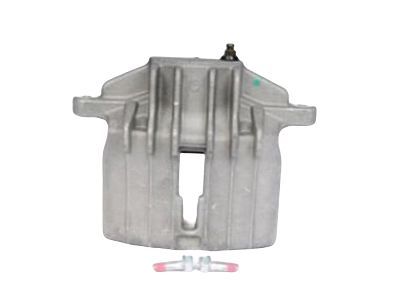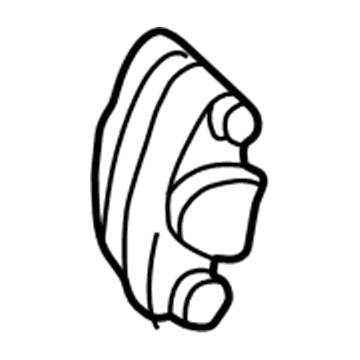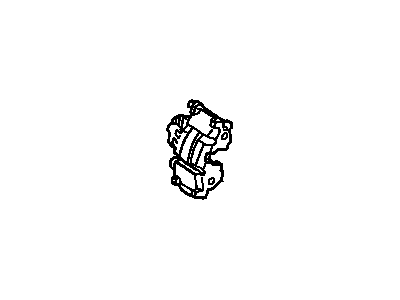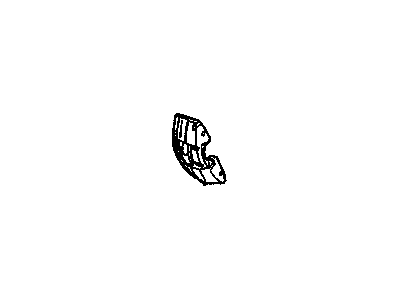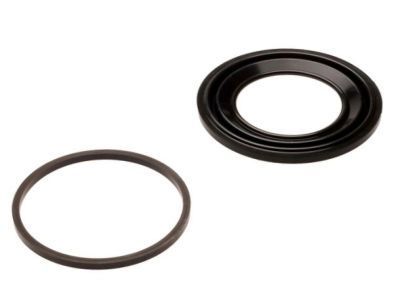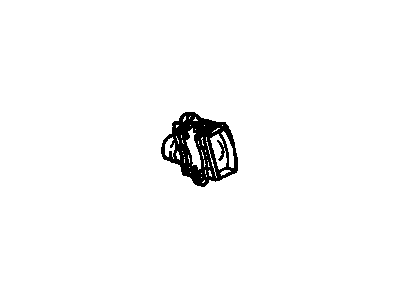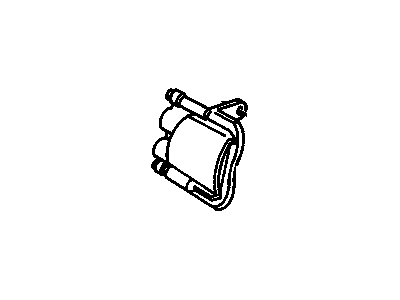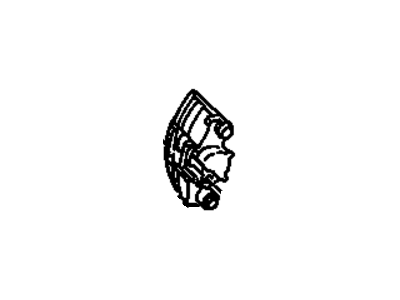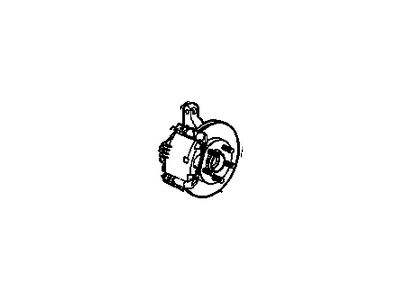
My Garage
My Account
Cart
Genuine Oldsmobile Cutlass Brake Calipers
Caliper- Select Vehicle by Model
- Select Vehicle by VIN
Select Vehicle by Model
orMake
Model
Year
Select Vehicle by VIN
For the most accurate results, select vehicle by your VIN (Vehicle Identification Number).
23 Brake Calipers found
Oldsmobile Cutlass Caliper,Front Brake
Part Number: 18026208$131.72 MSRP: $246.85You Save: $115.13 (47%)Oldsmobile Cutlass Caliper Asm,Front Brake (W/O Brake Pads) (Remanufacture)
Part Number: 19141029$50.91 MSRP: $98.14You Save: $47.23 (49%)Ships in 1-3 Business DaysOldsmobile Cutlass Caliper Asm,Front Brake (W/O Brake Pads) (Remanufacture)
Part Number: 19140969$43.62 MSRP: $84.05You Save: $40.43 (49%)Ships in 1-3 Business DaysOldsmobile Cutlass Caliper Asm,Front Brake (W/O Brake Pads) (Remanufacture)
Part Number: 19141028$50.91 MSRP: $98.14You Save: $47.23 (49%)Ships in 1-3 Business DaysOldsmobile Cutlass Caliper Asm,Front Brake (W/O Brake Pads) (Remanufacture)
Part Number: 19140968$43.62 MSRP: $84.02You Save: $40.40 (49%)Ships in 1-3 Business DaysOldsmobile Cutlass Caliper Asm,Front Brake (W/O Brake Pads) (Remanufacture)
Part Number: 19140953$50.74 MSRP: $97.81You Save: $47.07 (49%)Ships in 1-3 Business Days
| Page 1 of 2 |Next >
1-20 of 23 Results
Oldsmobile Cutlass Brake Calipers
The Brake Calipers in the Cutlass brand of vehicles by Oldsmobile is an essential part of the braking system because it is tasked with the responsibility of converting hydraulic pressure which has been generated from the master cylinder into mechanical force. This force is necessary in applying pressure on the brake pad to the rotors to slow or even halt the car. Oldsmobile Cutlass models utilize two primary types of Brake Caliperss, namely fixed and floating kinds. The fixed ones have multiple pistons on each side of the rotor while the floating one has the pistons on one side and moves in order to exert pressure on the rotor, this can be a problem with such as uneven wear on the pads among others. Oldsmobile cutlass over the years has undergone many styles of Brake Calipers design some of which are performance and aesthetic calipers. Precision callipers are recommended for routine or normal usage whereas, improved callipers are more effective and long lasting and suitable for other uses. The Brake Calipers therefore needs to be usually inspected and maintained especially in Oldsmobile Cutlass cars to deliver maximum performance and durability in safe ways.
Each OEM Oldsmobile Cutlass Brake Calipers we offer is competitively priced and comes with the assurance of the manufacturer's warranty for the part. Furthermore, we guarantee the speedy delivery of your orders right to your doorstep. Our hassle-free return policy is also in place for your peace of mind.
Oldsmobile Cutlass Brake Calipers Parts Questions & Experts Answers
- Q: How to remove and reinstall Brake Calipers components on Oldsmobile Cutlass?A:Remove the disc pads and disconnect the brake flexible hose from the rigid brake line at the support bracket, capping the line to prevent fluid loss. Unbolt and remove the caliper along with the flexible hose, noting the copper sealing gaskets that should be replaced upon reconnection. Clean the exterior of the caliper with brake fluid, avoiding gasoline or solvents, and place the assembly on a clean workbench. Drain the fluid from the caliper, then insert a cloth pad between the caliper piston and body. Apply air pressure to the fluid inlet hole to free the piston; if unsuccessful, use hydraulic fluid pressure by reconnecting the caliper to the brake line and having an assistant slowly depress the brake pedal to force the piston out. Carefully pry the dust boot out of the caliper bore and remove the piston seal using a small piece of wood or plastic to avoid damage. Remove the caliper bleeder valve and discard the sleeves, bushings, and all rubber parts. Clean the remaining components in brake fluid, allowing them to drain and shaking them to remove excess fluid. Examine the piston for defects and check the caliper bore, allowing light polishing for minor corrosion. Lubricate the piston bores and seal with clean brake fluid, positioning the seal in the groove. Lubricate the piston and assemble a new boot with the fold towards the open end, then insert the piston squarely into the caliper bore and apply force to seat it. Position the dust boot in the caliper counter bore and use a suitable drift to secure it, ensuring even installation. Install the bleeder screw and complete the installation by reversing the removal steps, using new copper gaskets for the brake hose connection and bleeding the system of air.
Related Oldsmobile Cutlass Parts
Browse by Year
1999 Brake Calipers 1998 Brake Calipers 1997 Brake Calipers 1996 Brake Calipers 1995 Brake Calipers 1994 Brake Calipers 1993 Brake Calipers 1992 Brake Calipers 1991 Brake Calipers 1990 Brake Calipers 1989 Brake Calipers 1988 Brake Calipers 1987 Brake Calipers 1986 Brake Calipers 1985 Brake Calipers 1984 Brake Calipers 1983 Brake Calipers 1982 Brake Calipers
